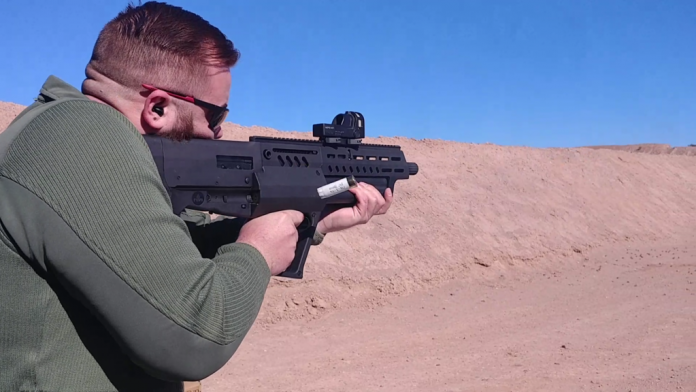
Shotguns will never be fully gone. As much as they get relegated to niche use and the sidelines, it’s tough to get rid of the old scattergun. During most of the GWOT, the shotgun was relegated to breaching, guarding prisoners, and the occasional close quarter’s fight. These days they aren’t broken out unless you have a very specific situation, but they might be getting new life due to the growing use of hobby-grade drones in attacks on allied forces.
Much like the IED, the use of these drones has grown rapidly. They’ve become a growing problem in the last five years. One accelerated by the widespread availability of hobby-grade drones. As they’ve gotten cheaper and more effective, it’s become easier to turn them into weapons.
The Drones and the Problems
Drones are a colloquial term. These are typically referred to as quadcopters in the hobby world. I love them, and they’re a fun way to relax, fun to pilot, and a great little hobby. The term drone got slapped on them as much as hobbyists protest the term.
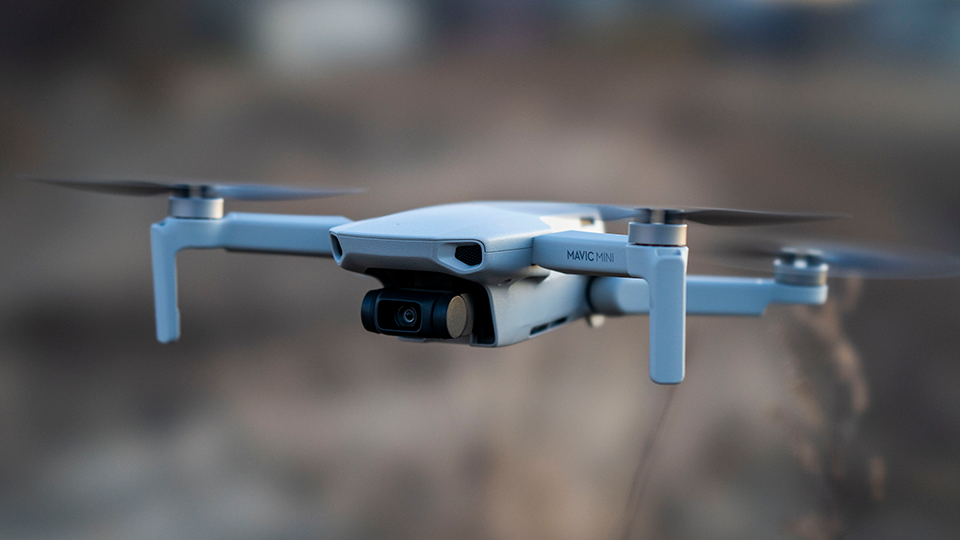
In Iraq and Syria, these hobby-grade drones have become an effective way to deliver explosives onto allied targets, civillians, and more. While the payload must be small due to weight restrictions, the investment is small. You don’t need to lose a terrorist with an S-vest or get close enough to fire an RPG or toss a grenade.
Instead, you can sit back and fly your toy, loaded with explosives, right where you want it. These drones have become more effective, faster, have longer ranges, and often feature high def cameras that allow the operator to fly the drone without having to expose themselves.
It’s a serious problem, and it’s one in which shotguns might become a capable tool.
Where The Shotgun Shines
As a shotgun fan, I get to hear lots of people tell me shotguns are only effective for bird hunting. Well, they are great for hitting small, rapidly moving targets as they cross the sky. Scatterguns fire scattering shot, and that could make them valuable for taking drones out of the sky. There are a few options the shotgun can use to dissuade the use of drones…forcefully.
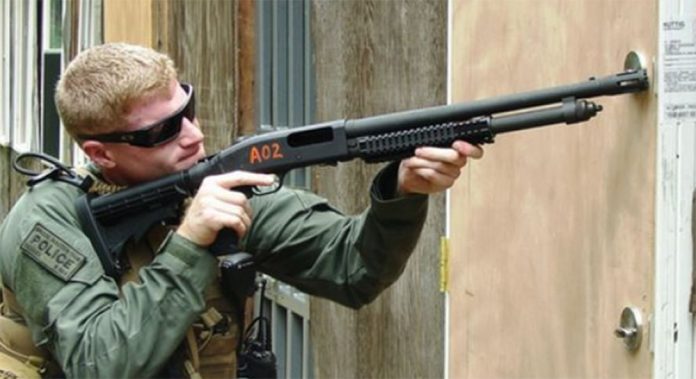
Before we get into that, let’s talk about why the shotgun should be an option. First and foremost, it’s already in the armory. It’s a tool soldiers already have. It doesn’t require tons of investment, trials, or contracts, plus the inevitable wait for the weapons to trickle out. A shotgun offers an instant option that’s lightweight, easy to use, and cheap.
The Benelli M1014 uses a semi-auto action which makes for rapid follow-up shots, and the Mossberg series shotguns aren’t slouches either. They can be used to quickly track and take down flying drones with relative ease.
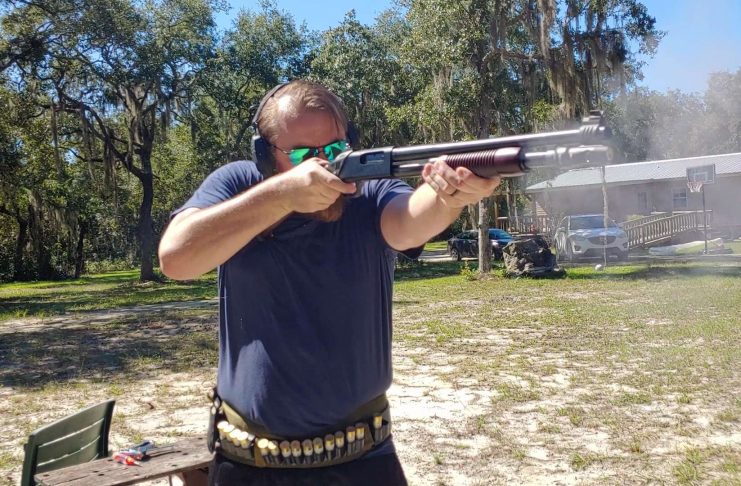
Nine pellet 00 buckshot is the military load of choice. It’s plenty enough oomph to take down a drone, but nine pellets don’t produce the best spread for a flying target. I think a three-inch load of Number 4 buckshot would work well. That’s 41 pellets forming a solid cloud of buckshot to take a drone down.
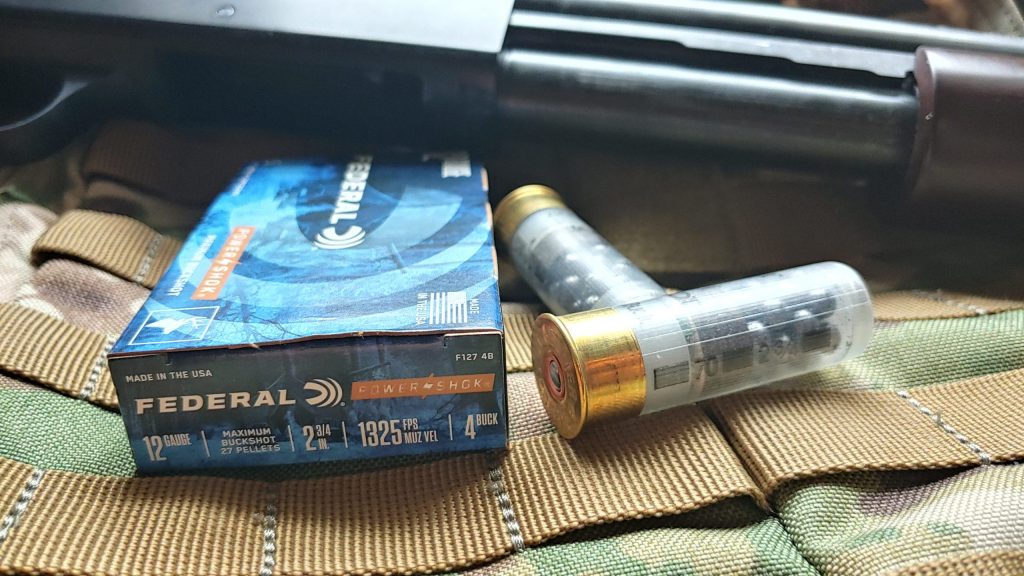
It’s still cheaper than a new weapon and is a commercial off-the-shelf option. Birdshot likely won’t work reliably, but a heavy load designed for bigger birds might be a half-decent option pending testing.
Purpose-Built Ammo
Buckshot works wonders on drones, but that’s not the only option. There is a purpose-built anti-drone load called SkyNet. The name alone wins awards from me. This dedicated anti-drone load shoots a weighted net from a 12 gauge shotgun. The net catches the drone, tangles it up, and takes it down.
This load could be safe to use in bases, COPs, and FOBs since it doesn’t fire a load of buckshot. A big concern would be shooting a low-flying drone and sending pellets into personnel or property. A net might hurt, but it’s less likely to cause serious harm. That being said, don’t shoot each other with nets.
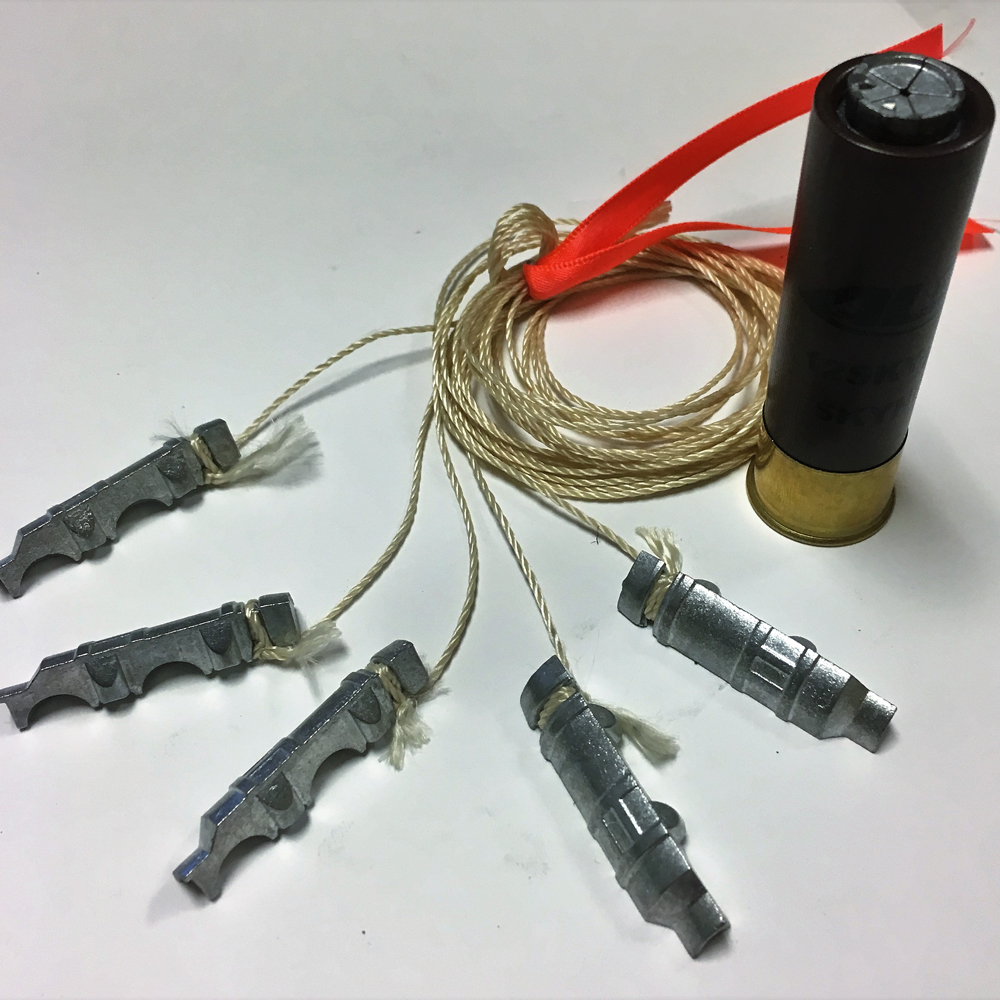
Drones don’t stand a chance when netted up. These rounds aren’t cheap, but they are a lot cheaper than an entirely new weapon. While proper testing should be done prior to their adoption, the load seems impressive enough for taking down drones. Plenty of videos online tout their use. Wired recently tested them with good results.
This will be better fodder for the pump actions than a semi-auto, but they are available. Heck, if they could scale them up to 40mms, we might have a bigger, more effective net as well.
Taking Drones Down
Drones, UAVs, quadcopters, whatever you call them will likely be an issue for some time to come. They might not change the face of warfare, but they are a real threat to our servicemen and women. The quicker the DOD starts to try to solve the problem, the better equipped our warfighters will be to counter the threat. Shotguns just can’t quite be retired and can provide a valuable tool for defeating drones.



